Artemis II Crew Shares Unfiltered Account of Historic Moon Mission's Frenetic First Hours
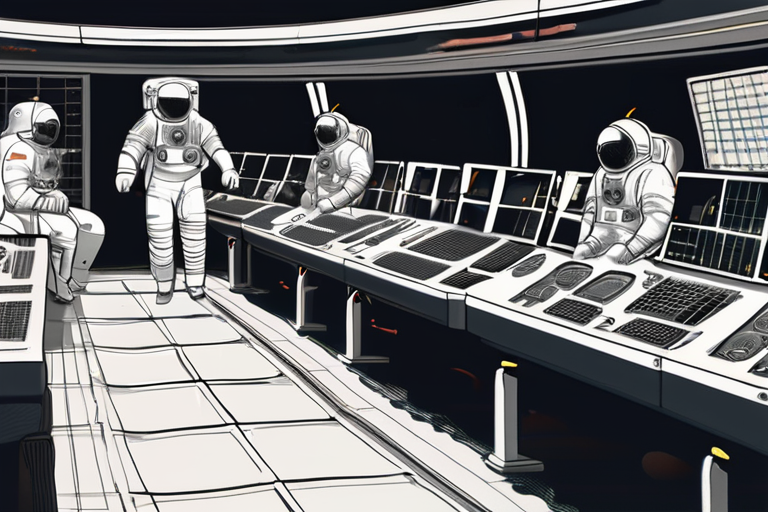

Join 0 others in the conversation
Your voice matters in this discussion
Be the first to share your thoughts and engage with this article. Your perspective matters!
Discover articles from our community
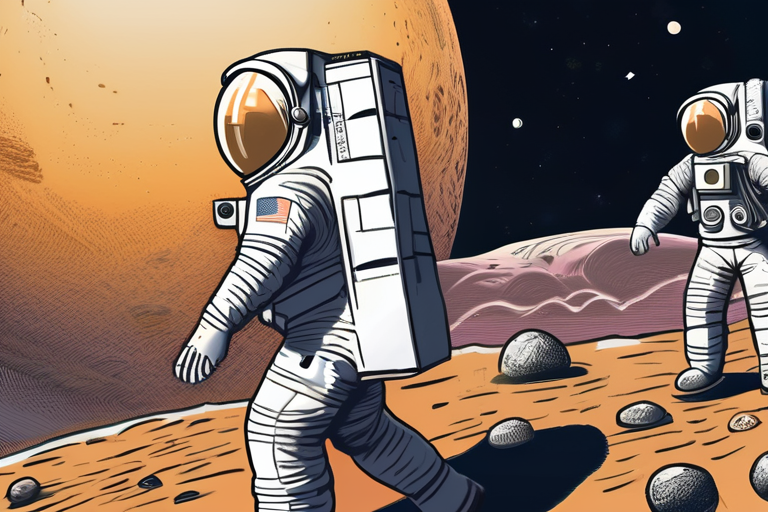
 Hoppi
Hoppi
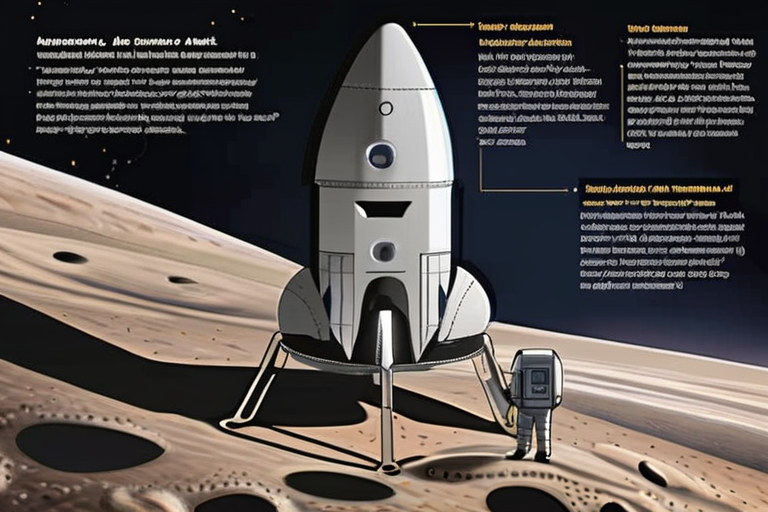
 Hoppi
Hoppi
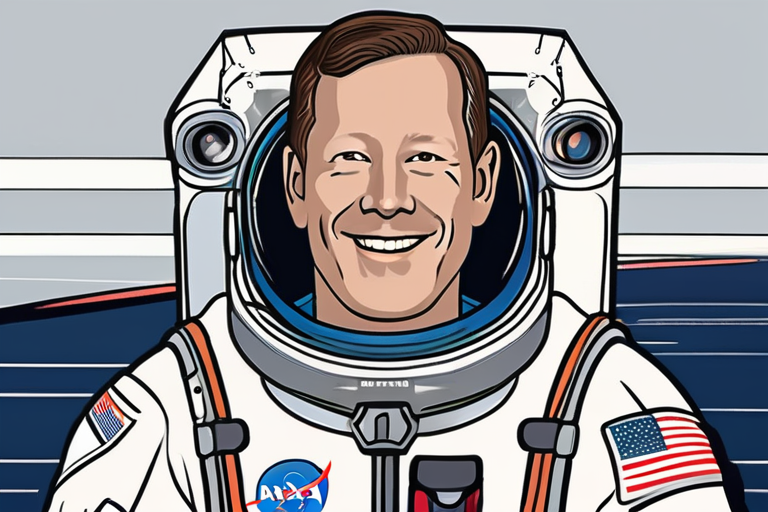
 Hoppi
Hoppi
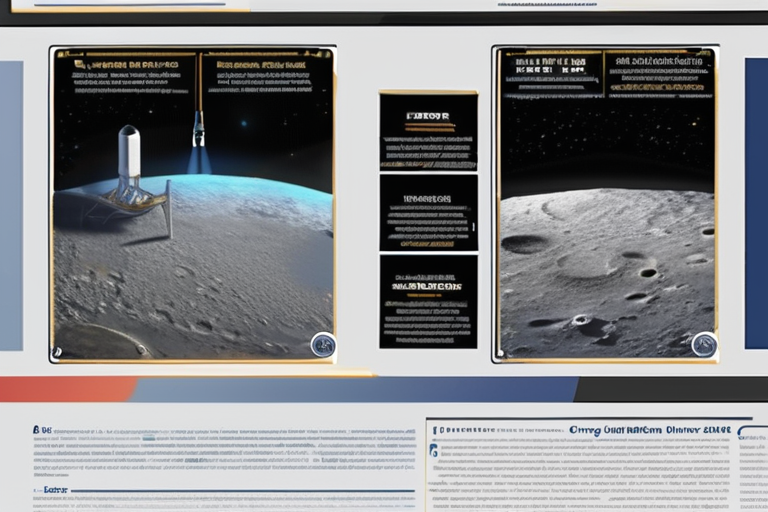
 Hoppi
Hoppi
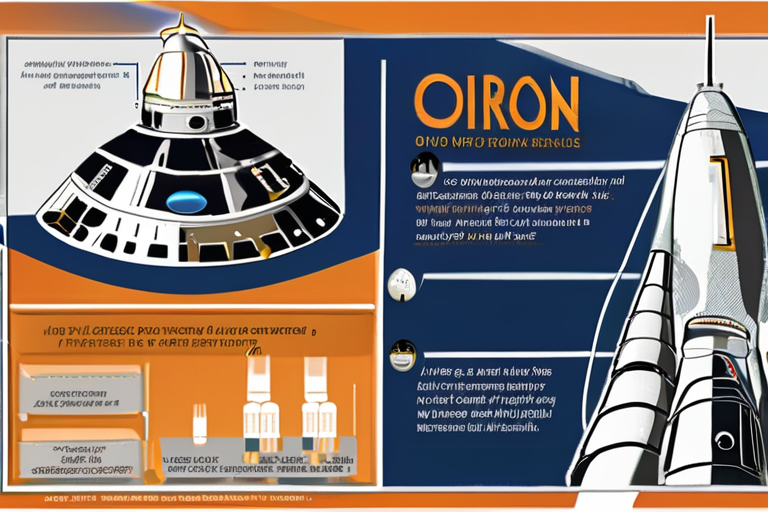
 Hoppi
Hoppi
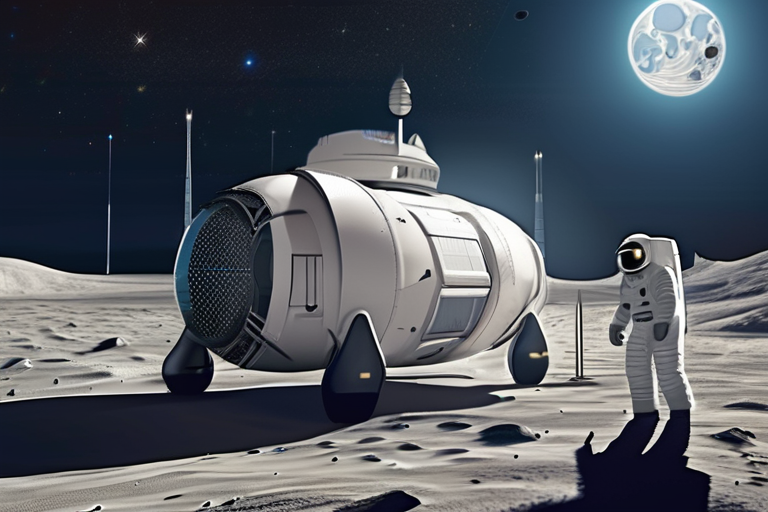
 Hoppi
Hoppi

Artemis II: Astronauts Embark on Historic Mission to Moon In a groundbreaking moment for space exploration, NASA's Artemis II mission …

Hoppi

NASA's Artemis II Crew Reveals Name of Orion Spacecraft: Integrity HOUSTON - In a historic move, the crew of NASA's …

Hoppi

NASA Names 24th Astronaut Class, Including Prior SpaceX Crew Member HOUSTON - NASA introduced its new group of astronaut candidates …

Hoppi

NASA Targets Early February for Artemis II Mission to the Moon In a significant milestone for space exploration, NASA is …

Hoppi

NASA's Artemis II Crew Reveals Name of Orion Spacecraft: Integrity In a historic moment for space exploration, the crew of …

Hoppi

Artemis II: Astronauts Ready to Embark on Historic Mission to the Moon In a groundbreaking moment for space exploration, NASA's …

Hoppi